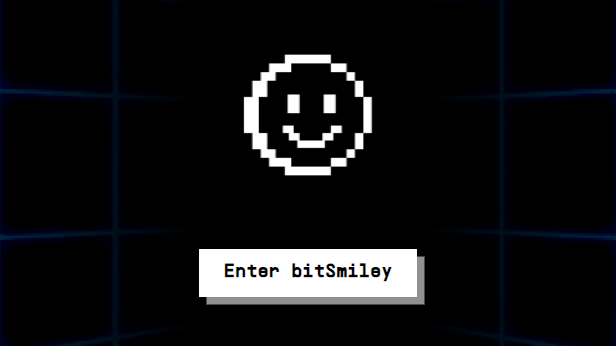
With the rise of decentralized finance (DeFi), more and more innovative protocols and application scenarios are being applied in blockchain. However, unlike mainstream blockchains such as Ethereum, Bitcoin has been developing slowly due to its robust design and limited smart contract support, and lacks effective stablecoins and lending tools. Therefore, although Bitcoin has a very high market capitalization and a wide user base in the cryptocurrency market, its DeFi application scenarios are still extremely limited. The emergence of bitSmiley is precisely to fill this gap and aims to introduce Bitcoin into a new DeFi era.
1. bitSmiley’s core functions and technological innovation
As an innovative stablecoin protocol in the Bitcoin ecosystem, bitSmiley proposes a brand-new solution that allows BTC holders to mint bitUSD through over-collateralization. bitUSD is a stable currency pegged to the U.S. dollar and can be used in DeFi application scenarios such as payment, trading, and lending. The birth of bitUSD can be said to have filled an important gap in the Bitcoin ecosystem, providing a stable liquidity support tool so that Bitcoin users can directly use Bitcoin assets in DeFi applications.
The design of bitSmiley draws on the popular MakerDAO on Ethereum and adopts an over-collateralization mechanism. This means that when minting bitUSD, users must provide excess BTC as collateral to ensure that bitUSD can remain stable despite market fluctuations. This design not only ensures the stability of bitUSD, but also protects the security of users’ assets.
2. Main components of bitSmiley
bitSmiley's system consists of three core modules, namely bitUSD, bitLending and Credit Default Swaps (CDS). Each module has specific functions and functions.
bitUSD: bitUSD, as the core stablecoin of bitSmiley, allows users to mint through BTC mortgage. The main function of bitUSD is to provide a stable pricing unit in the Bitcoin ecosystem. Users can use bitUSD to perform operations such as payment, lending, and investment in DeFi applications. Compared with BTC, the price of bitUSD is more stable, so it is very suitable for transactions and pricing in the DeFi ecosystem.
bitLending: bitLending is bitSmiley’s lending protocol, which allows users to conduct peer-to-peer lending in a trustless manner. The emergence of bitLending allows users to use BTC as collateral to directly lend bitUSD or other stablecoins without resorting to a third-party guarantor. The entire process of the lending agreement is automatically executed by smart contracts, ensuring the transparency and security of lending.
Credit Default Swaps (CDS): CDS is an innovative derivatives protocol commonly used for risk management. bitSmiley's CDS module provides a new risk hedging method for the Bitcoin DeFi ecosystem, helping users deal with risks that may arise during the lending and mortgage process.
3. bitSmiley injects new vitality into the Bitcoin DeFi ecosystem
As "digital gold", Bitcoin has extremely high value storage capabilities, but due to its native design, it is difficult to implement complex contracts and DeFi ecosystem like Ethereum. Therefore, the emergence of bitSmiley not only fills the gap of stable coins in the Bitcoin DeFi ecosystem, but also brings new vitality to the Bitcoin ecosystem through innovative lending and derivative product designs. In the future, as more users participate in Bitcoin's DeFi applications, bitSmiley is expected to become an important part of the Bitcoin ecosystem.